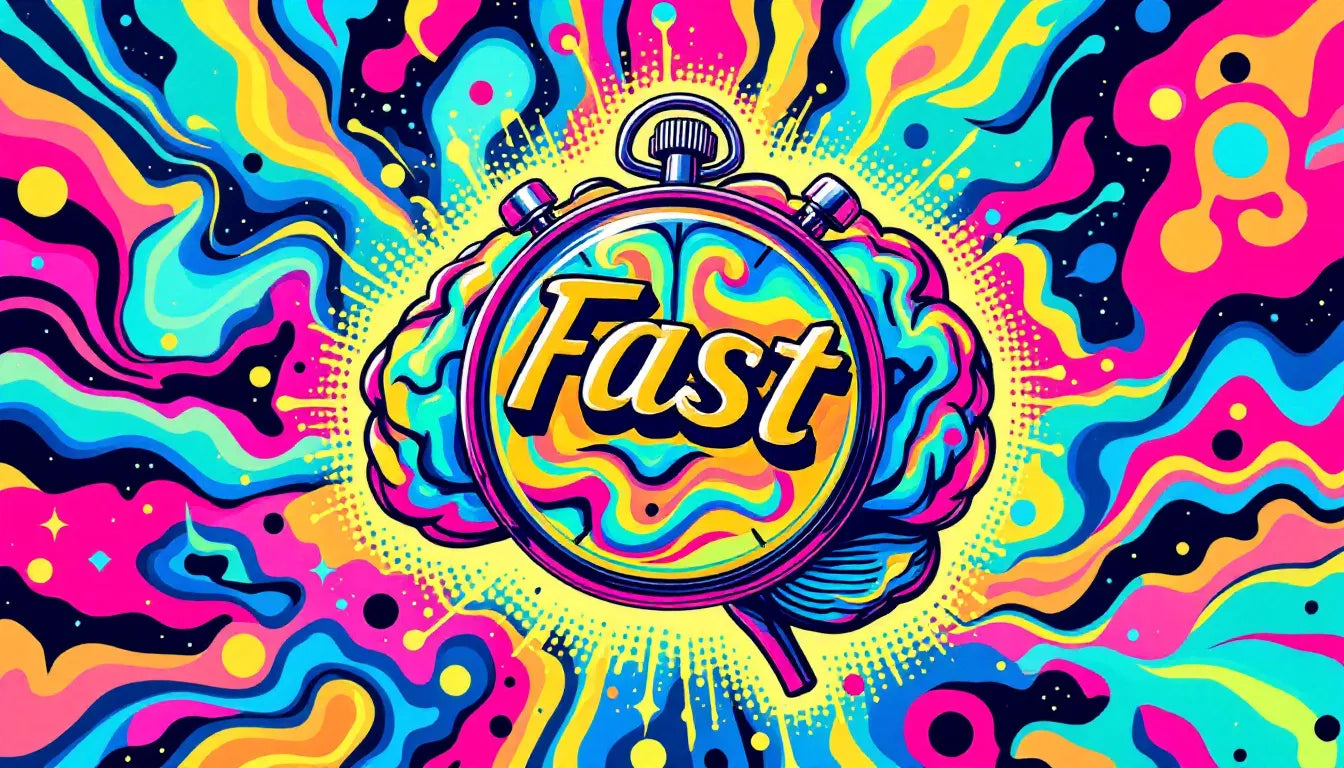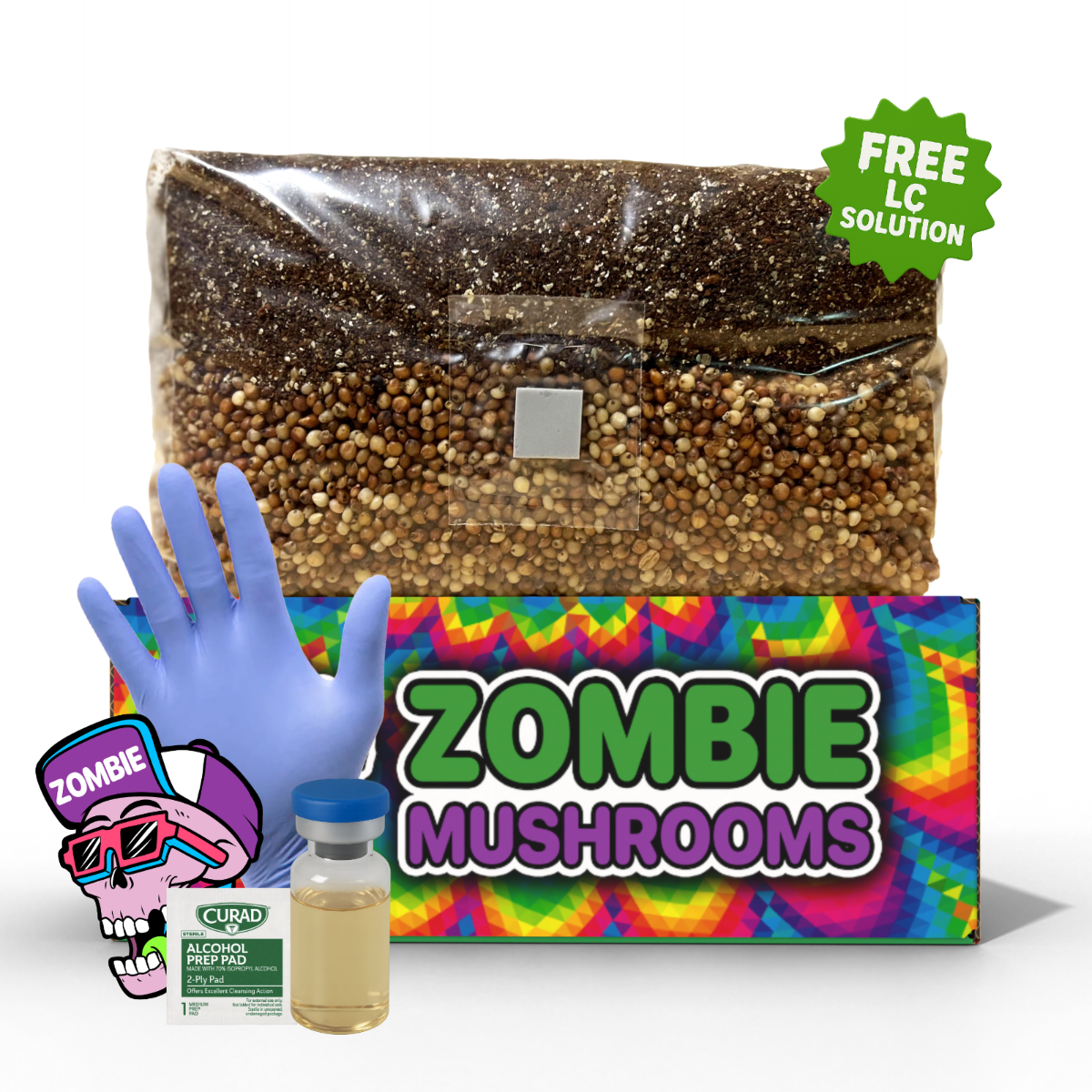- 🧠 Psychedelics stimulate serotonin 5-HT2A receptors, rapidly altering neuron activity and connectivity.
- 🔬 Real-time neuroimaging reveals psychedelics affect brain function within minutes of ingestion.
- 🧩 Increased brain plasticity may explain psychedelics' potential in treating depression, PTSD, and anxiety.
- ⚠️ Ethical concerns arise over using psychedelics for cognitive enhancement beyond therapeutic settings.
- 🚀 These findings could reshape mental health treatments and influence psychedelic legalization efforts.

How Do Psychedelics Affect the Brain So Quickly?
Scientists have recently developed an innovative method to track psychedelics and brain interactions in real time, providing unprecedented insight into their effects on neuron activity. This breakthrough could revolutionize the understanding of psychedelics effects on consciousness, therapy, and cognitive function.

How Psychedelics Influence Brain Function
The Role of Serotonin Receptors
Psychedelics primarily target serotonin 5-HT2A receptors, a crucial component of the brain’s neurotransmitter system. These receptors modulate key functions like mood regulation, cognition, and perception (Carhart-Harris & Nutt, 2017). When psychedelics mimic serotonin, they disrupt normal signaling patterns—contributing to altered thoughts, heightened sensory perception, and intense emotions.
Disrupting the Default Mode Network (DMN)
Psychedelics temporarily suppress the Default Mode Network (DMN), a set of interconnected brain regions responsible for self-referential thinking, introspection, and maintaining a sense of self (Davis et al., 2020). This effect leads to:
- Ego dissolution – A loss of the typical boundary between self and the external world, often reported during psychedelic experiences.
- Enhanced connectivity – Brain regions that typically don’t communicate begin interacting freely, allowing for increased cognitive flexibility and insight.
- Reduced mental rigidity – Conditions like depression and PTSD are associated with a hyperactive DMN. Psychedelics’ ability to disrupt this network may explain their therapeutic potential.
Increased Synchronization Between Brain Regions
Studies using functional MRI (fMRI) show that psychedelics enhance cross-brain communication, allowing different areas to synchronize more effectively. This phenomenon is linked to:
- Heightened creativity – More fluid thinking and problem-solving abilities.
- Altered perception – Enhanced sensory experiences, including visual distortions and intensified emotions.
- Greater insight – The formation of new perspectives on personal or existential matters.

How Psychedelics Affect Neuron Activity
Boosting Neural Connectivity
Once psychedelics bind to serotonin receptors, they immediately stimulate neuron activity. This results in an explosion of communication across different brain regions—a stark contrast to the compartmentalized functioning seen in normal waking states.
Scientists have observed:
- Increased synaptic activity, which strengthens learning and memory capabilities.
- Greater neural entropy, meaning brain activity becomes less predictable and more dynamic—leading to novel insights and thought patterns.
- Enhanced pattern recognition, allowing users to perceive connections between ideas that typically remain unnoticed.
Psychedelics and Brain Plasticity
One of the most groundbreaking discoveries about psychedelics is their ability to enhance neuroplasticity—the brain’s ability to reorganize and form new neural connections (Olson, 2022). This finding suggests:
- Psychedelics may help retrain maladaptive thought patterns, particularly in disorders like depression and PTSD.
- Increased plasticity may sustain long-term behavioral or cognitive changes, even after the psychedelic experience fades.
- The brain's excitatory-inhibitory balance shifts, allowing for greater flexibility in processing experiences and emotions.

The New Tracking Method Explained
A real-time neuroimaging breakthrough now allows scientists to observe psychedelics' effects within minutes of ingestion. Using advanced tools like:
- Functional MRI (fMRI) – Measures changes in blood flow associated with neural activity.
- EEG (Electroencephalography) – Tracks rapid electrical signals in the brain.
- Two-photon imaging – Provides a high-resolution view of neuron interactions.
These techniques have provided unprecedented insight into how psychedelics instantly alter brain function, paving the way for deeper therapeutic understanding.
Key Findings from Studies Using This Method
- Psychedelics rapidly increase global connectivity between brain regions.
- Neural signals are more fluid and less deterministic, leading to flexibility in thought processes.
- A surge in neuroplasticity suggests long-term therapeutic potential for mental health.

Psychedelic Therapy: Implications for Mental Health
With the ability to observe psychedelics effects in real-time, scientists and therapists may refine psychedelic-assisted therapy to optimize treatment outcomes. Potential applications include:
Depression Treatment
Research suggests psychedelics help disrupt negative thought loops, allowing patients to gain new perspectives on their struggles. Unlike traditional antidepressants, which must be taken daily, single-dose psychedelic therapy has shown sustained mood improvements.
PTSD Recovery
Trauma often maps rigid pathways in the brain, making emotional processing difficult. Psychedelics appear to help dislodge these rigid pathways, allowing individuals to reprocess traumatic memories in a safer, more adaptive way.
Anxiety and End-of-Life Distress
Psychedelics promote emotional openness and decrease fear-based reactivity, making them potentially useful for treating generalized anxiety or distress related to terminal illness.

Psychedelics and Cognitive Enhancement
Although most research focuses on mental health, some speculate psychedelics could boost cognitive function beyond therapeutic use.
- Creativity Enhancement: By increasing connectivity between normally disconnected brain regions, psychedelics may enable users to generate novel ideas.
- Memory and Learning: Some evidence suggests psychedelics enhance memory retention, though this remains controversial.
- Philosophical and Existential Insight: Many report deep self-exploration and meaning-making under psychedelics, potentially useful for personal growth.
Still, ethical concerns arise around using psychedelics for non-therapeutic cognitive enhancement, as their long-term effects remain unclear.

Risks and Limitations of Psychedelic Research
Despite the excitement surrounding psychedelic neuroscience, challenges remain:
- Technological Barriers – Real-time tracking requires costly, sophisticated imaging equipment.
- Data Complexity – Increased brain plasticity and connectivity don’t always translate directly into therapeutic benefits.
- Psychedelic Safety – While non-addictive, psychedelics can trigger psychotic episodes in vulnerable individuals.
Long-Term Risks
Though short-term neuron activity increases are well-documented, the long-term effects remain under study. Some concerns include:
- Hallucinogen Persisting Perception Disorder (HPPD) – Rare but involves lingering visual distortions.
- Psychological Dependence – Some individuals may rely on psychedelics for emotional breakthroughs.
- Potential for Misuse – As interest in cognitive enhancement grows, unregulated use could pose risks.

The Future of Psychedelic Research
This real-time imaging breakthrough could propel psychedelic research into new territory. Future directions may include:
- Comparing different psychedelics (e.g., psilocybin, LSD, DMT) to determine their unique effects on neuron activity.
- Investigating microdosing – Does frequent low-dose use carry similar benefits without overwhelming perceptual shifts?
- Longitudinal studies – Tracking neuroplasticity changes months or years after a psychedelic experience.

Public and Regulatory Response
With increasing evidence supporting psychedelics' effects, public opinion and drug policy may shift toward regulated medical use. Several countries are already exploring:
- Psychedelic-assisted therapy legalization, particularly for depression and PTSD.
- Decriminalization efforts, where possession is no longer criminally prosecuted.
- Strict medical guidelines, ensuring safe, controlled administration of psychedelics.
However, stigma and regulatory inertia continue to present challenges.
Conclusion
The discovery that psychedelics rapidly alter neuron activity and boost brain plasticity represents a landmark moment in modern neuroscience. These insights could revolutionize mental health treatments, deepen our understanding of consciousness, and reshape the role of psychedelics in society. While challenges and ethical questions remain, ongoing research continues to bridge the gap between psychedelic science, cognitive enhancement, and clinical applications.
FAQs
How do psychedelics interact with neurons in the brain?
Psychedelics bind to serotonin 5-HT2A receptors, altering neuron activity and increasing brain connectivity.
What new method allows researchers to track psychedelics’ effects within minutes?
Scientists use advanced neuroimaging tools to observe how psychedelics influence brain activity in real time.
How does this discovery impact the future of psychedelic research?
It provides deeper insights into how psychedelics work, aiding in mental health treatment development and cognitive studies.
What implications does it have for mental health treatments?
Tracking psychedelic effects in real time could improve psychedelic-assisted therapy for depression, PTSD, and anxiety.
Are there any potential risks or limitations of this method?
Yes, technical challenges, data misinterpretation, and safety concerns may complicate research and clinical applications.
Citations
- Carhart-Harris, R. L., & Nutt, D. J. (2017). Serotonin and brain function: A tale of two receptors. Journal of Psychopharmacology, 31(9), 1091–1120.
- Davis, J., Barrett, F., & Griffiths, R. (2020). Effects of psychedelics on the human brain’s functional connectivity. Neuropsychopharmacology, 45(3), 287–302.
- Olson, D. E. (2022). Psychedelic-induced neuroplasticity and its therapeutic implications. Cell Reports, 38(5), 110-122.



